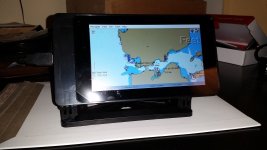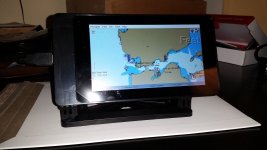Pat Anderson
New member
I just stumbled onto this topic because of Active Captain's Jeffrey Seigel's FB post showing his Raspberry Pi based Signal K server with an Actisense NGT-1 gateway, and explaining its capabilities. I Googled Signal K, and one article led to others, requiring me to Google yet more bleeding edge stuff. Head is kind of spinning at the moment!
Anybody actually using, or actively contemplating using, this stuff on their C-Dory?
Anybody actually using, or actively contemplating using, this stuff on their C-Dory?



